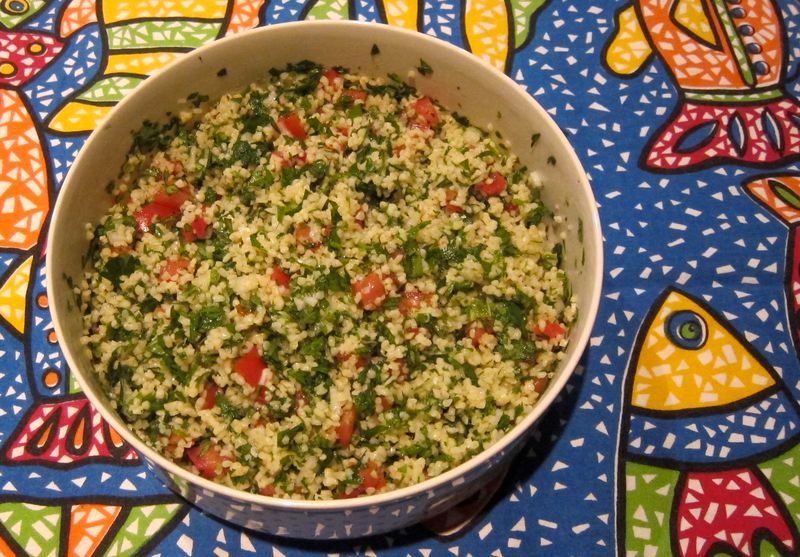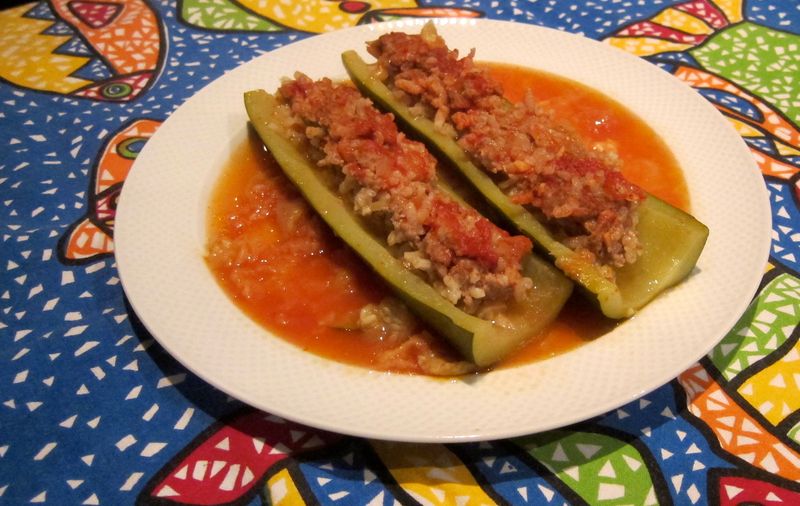For much of my life, I admit readily that I was less than fond of Levantine cuisine. It was not until Josée and I participated in The Genographic Project that I started identifying with what until then had seemed to me very exotic cuisine. The reason for the change of heart? My DNA analysis showed that my ancestors had spent many generations in the Levant during their long trek out of Africa, a trek that began some 25,000 years ago. (See OUR LONG WALK on this website.)
Lebanese cuisine tends to be healthy; animal fats are consumed sparingly and common dishes often include garlic, olive oil, vegetables, fresh fish and other seafood. Poultry is much more common than red meat. Meals often include hummus, blended chickpeas, sesame, tahini, lemon juice and garlic; baba ghanouj, eggplant, tahini, olive oil, lemon juice and garlic purée—served as a dip; tabbouleh, diced parsley salad with bulgur, tomato and mint; fattoush, 'peasant' salad of toasted pita bread, cucumbers, tomatoes, chickweed and mint; mutabbel, one ove many types of eggplant salad; kibbeh, bulgur, minced onions and ground red meat, usually beef, lamb, or goat.
Josée's pleasantly light Lebanese menu for tonight:
Mihshee Kousa
Tabbouleh
Mihshee Kousa (stuffed zucchinis) - Zucchinis are hollowed out of most of their flesh and stuffed with onions, garlic, minced lamb and uncooked rice. The zucchinis are then put in a pan on top of the flesh of the zucchinis. Then tomato sauce, lemon and water are added to the pan. This mixture cooks covered for 20 minutes or until the rice is tender.

Tabbouleh - Bulgur is soaked in hot water for one hour until soft and most of the liquid is absorbed. The bulgur is then drained of any liquid. The following ingredients are then added:










































































































Comments